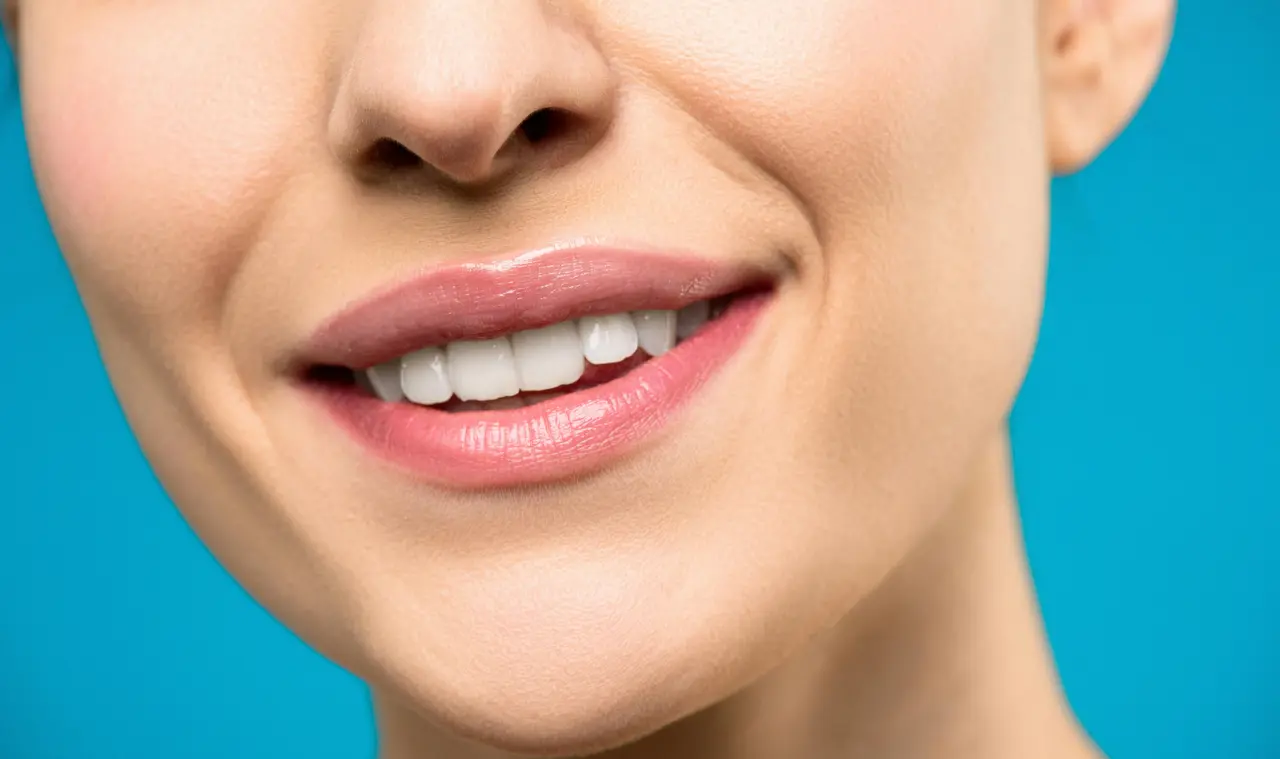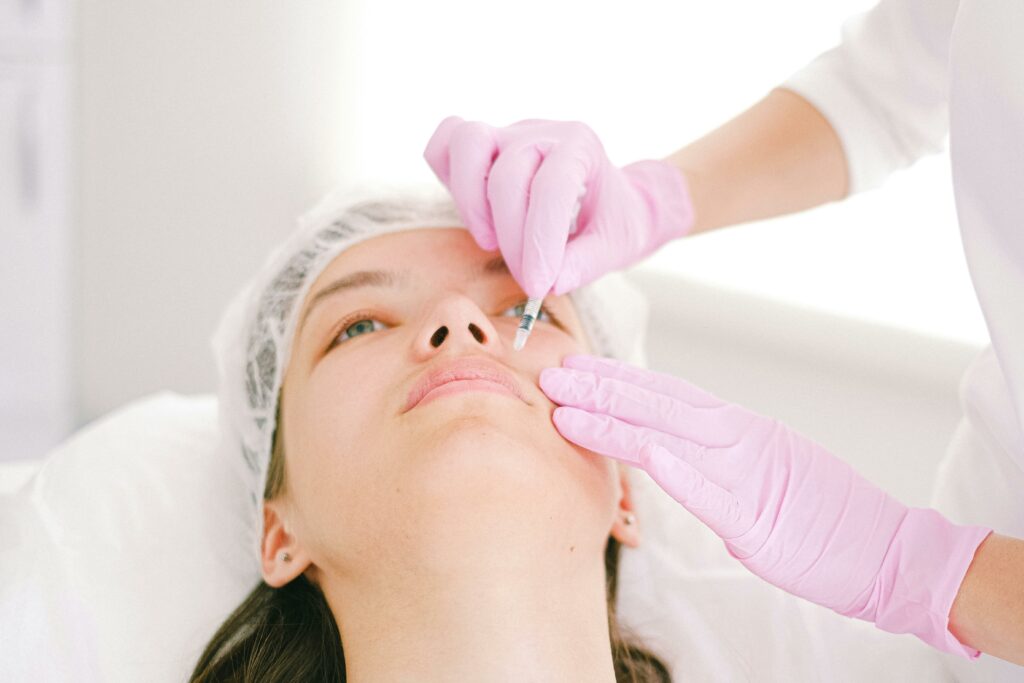
The Growing Popularity of Lip Fillers
It’s no secret that lip fillers have become one of the most requested areas to treat in the world of aesthetics. Everyone from celebrities to your friend’s grandma seem to be sporting fuller, plumper lips. It’s not just for the rich and famous anymore. But why the sudden jump in popularity? Well, it boils down to advances in cosmetic procedures that make lip fillers safer and more accessible than ever before. Plus, social media is playing a huge role. People who have felt insecure about their lips now see a way to take action. Though, as lip fillers soar in popularity, so do the misconceptions surrounding them. This article will explore the truth behind lip filler safety and efficacy.
Myth 1:There Are No Adverse Reactions to Lip Fillers
A lot of people either think lip fillers are super risky or don’t think about the risks at all. The truth is, lip fillers can be a very safe treatment under the care of a skilled and certified injector but of course there are always risks for adverse reactions. Quality products, like those made out of hyaluronic acid, that meet safety standards are typically used during the procedure. Like any procedure, there are some risks. The more common side effects are swelling, bruising, and bleeding. But these are usually temporary and can be managed especially because lip fillers today tend to be made with substances that our bodies naturally produce – hyaluronic acid. This makes allergic reactions pretty uncommon. What is not often brought up, though, is the risk for an occlusion, which is never a way you want to start lip filler injections but it’s necessary to know! An occlusion may cause someone to go blind if it blocks blood flow to the eye and it may cause tissue death if not corrected in a timely manner. Luckily there is a reversal agent that dissolves hyaluronic acid called hylenex but time is of the essence. This is why, as terrifying and awkward as it is, it’s imperative that both the provider and client have an understanding of what an occlusion is, how to spot one, and the protocol to take if it occurs.
Myth 2: Lip Fillers Provide Unnatural Results
Many believe that lip fillers always lead to exaggerated, unnatural lips, but that’s not an accurate statement. The key is in the technique, the product and the anatomy of the individual (and truly the individual’s goal). High-quality hyaluronic acid fillers, when used correctly, can enhance your lips subtly, adding volume or correcting the shape without going overboard. The goal is often to compliment your natural features, not overshadow them. Unfortunately, because of social media and the unrealistic expectations that sometimes come from it, people try to achieve looks that aren’t meant for their lip shape or volume. What happens when you try to overfill a small balloon? It stretches. In lips, filler can also migrate to the place of least resistance. As an injector, I’ve seen time and time again, even when urging people not to add more filler to their lips or to dissolve due to migration, there’s clearly an emotional tie to fuller lips, especially when original lips are much smaller. It’s crucial to have a transparent discussion with your provider about the look you’re aiming for. Most people who get lip fillers end up with results that blend seamlessly with their natural appearance, contrary to the myth of universally ‘fake’ looking lips. The few bad ones take away from most of the natural looking fillers that you may never guess weren’t their own lips.

Myth 3: Lip Fillers Only Last A Few Months
This answer is two-fold. Lip fillers are not a forever deal. Most lip fillers are made from hyaluronic acid, a substance that naturally dissolves over time. We’re talking about a timeline of 6 to 12 months before your lips wean back towards their original state. However, the more you do lip filler (say every 4- 6 months for a few years) we’ve seen time and time again that the fullness stays long after the last injection. I’ve experienced countless times where a patient states they haven’t done filler in 5 years yet their lips feel like they’re filled to the brim with filler. When you first begin filler injections, the opposite can be true. First two or three times you may find that the fillers don’t last as long as indicated. Your body can metabolize it quicker in the first few injections. Or someone having a high metabolism (they work out alot, do saunas) can also metabolize the product quicker.
Making an Informed Decision on Lip Fillers
Choosing to go for lip fillers is a decision that shouldn’t be taken lightly. First off, understand that with an experienced professional, the risk of adverse reactions drop significantly. However, our anatomies are not all the same so a safety zone for the majority of people may be a danger zone for a select few. Though they are rare, you must weigh the risk vs the reward. Also find an injector you trust to give you their honest opinion. These experts know what works best and can advise on the type of filler that’s suitable for your needs. Remember, side effects can occur, but they’re often minor and temporary. Do your homework. Look into the type of filler, understand the process, and most importantly, set realistic expectations with your practitioner. The bottom line is, lip fillers can be safe and effective if you’re making an informed decision backed by research and professional advice. Don’t get fooled by unrealistic promises. Stick to the facts, and you’ll likely be more satisfied with your outcome.
Also Read: Tips For The Lips: Injector’s Advice On Lip Fillers





You must be logged in to post a comment.